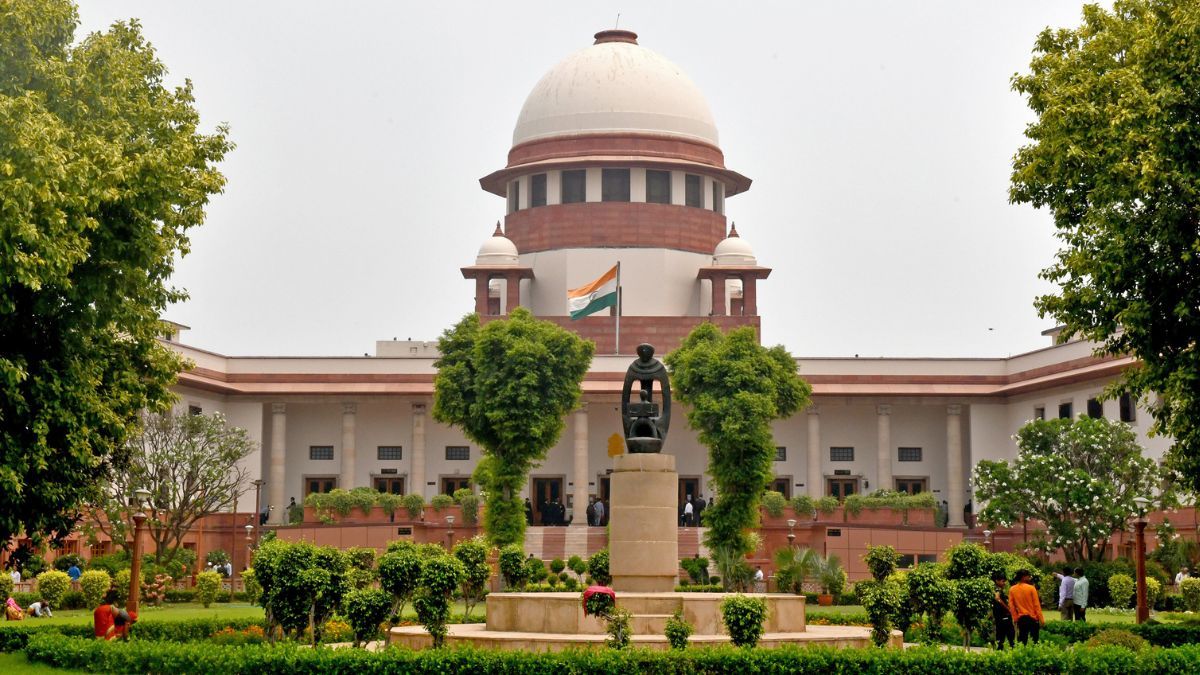The Supreme Court of India recently commuted the death sentence of Eknath Kisan Kumbharkar, a man convicted of murdering his pregnant daughter, to 20 years of rigorous imprisonment. This decision highlights the complexities surrounding capital punishment and the consideration of mitigating circumstances in such cases. The case involved a horrific crime, the killing of a young woman for marrying against her father’s wishes, yet the court ultimately deemed the death penalty too harsh given the specifics of the case and the convict’s background. This decision underscores the ongoing debate surrounding capital punishment and its application in India.
The Crime and Conviction
Kumbharkar was found guilty of murdering his daughter, Pramila, in June 2013. The prosecution argued that the murder was motivated by Pramila’s marriage to a man from a different caste, a union strongly opposed by her father. The trial court and the Bombay High Court both initially sentenced Kumbharkar to death. The brutality of the crime, the premeditated nature of the act, and the violation of societal norms and family bonds made a strong case for the harshest possible punishment. The courts initially focused on the heinous nature of the act, the loss of a life, and the disregard for human dignity exhibited by the perpetrator. This formed the basis for the initial death penalty sentence.
The Prosecution’s Case
The prosecution presented a compelling case highlighting the premeditation of the crime and the callous disregard for Pramila’s life. They successfully established the motive as Kumbharkar’s disapproval of his daughter’s inter-caste marriage, portraying him as a man driven by patriarchal norms and a sense of entitlement over his daughter’s life. Evidence presented by the prosecution likely included witness testimonies and forensic evidence linking Kumbharkar to the crime. The focus was primarily on the gravity of the crime itself, making a case for retribution and the need for deterrence.
The Supreme Court’s Decision to Commute the Sentence
The Supreme Court, however, took a different approach. After reviewing various reports, including those on the convict’s behavior in prison, a psychological evaluation, and a mitigation investigation report, the judges determined that the case did not meet the criteria for the “rarest of rare” cases warranting the death penalty. The court acknowledged the gravity of the crime but emphasized the mitigating factors surrounding the convict’s background and circumstances. They considered his impoverished background, the neglect he suffered as a child due to an alcoholic father, and the lack of any prior criminal record.
Mitigating Circumstances and the “Rarest of Rare” Doctrine
The Supreme Court’s decision underscores the “rarest of rare” doctrine, a principle applied in India to determine when the death penalty is justified. This doctrine limits the application of capital punishment to only the most extreme cases involving exceptional depravity. By considering Kumbharkar’s background, the court demonstrated a move beyond solely focusing on the crime itself and toward acknowledging the complex web of social and personal factors that might have contributed to the event. The court appeared to believe that although his actions were deplorable, his personal history played a significant role in leading him down this path and there was a potential for rehabilitation.
Implications and Further Analysis
The Supreme Court’s decision highlights the ongoing debate on capital punishment, raising important questions about its effectiveness as a deterrent, and whether it is ever truly justified. While there are calls for retribution and justice for victims, the courts increasingly balance such considerations with the potential for rehabilitation, particularly in the context of societal and economic factors contributing to criminal behavior.
The Role of Social Context in Judicial Decisions
The ruling emphasizes the complex interplay between individual responsibility and the social context in which crime occurs. The consideration given to Kumbharkar’s impoverished background and the neglect he faced suggests that judges increasingly recognize that harsh social realities can influence individuals’ actions. This leads to a more nuanced view of criminal justice, taking into account the wider societal determinants of crime rather than solely blaming individual perpetrators.
The Future of Capital Punishment in India
This commutation highlights the continuing discussion regarding the death penalty in India. This isn’t merely a matter of judicial philosophy but has substantial ethical and social implications. Further analyses of this type of commutation will likely inform ongoing discussions concerning judicial processes, and the factors influencing the appropriate punishment for serious crimes in a diverse society with substantial socio-economic disparities. The discussion on the rarest of rare cases and mitigating circumstances may be revived given the ongoing debate.
Takeaway Points
- The Supreme Court commuted a death sentence to 20 years of rigorous imprisonment, demonstrating a cautious approach to capital punishment.
- The court considered both the severity of the crime and the mitigating circumstances of the convict’s life.
- The decision highlights the ongoing debate surrounding capital punishment and its application in India.
- The case underscores the need to consider social context and mitigating factors in determining appropriate sentencing.
- The ruling might inspire further discourse about the ‘rarest of rare’ cases doctrine and sentencing practices in India.




